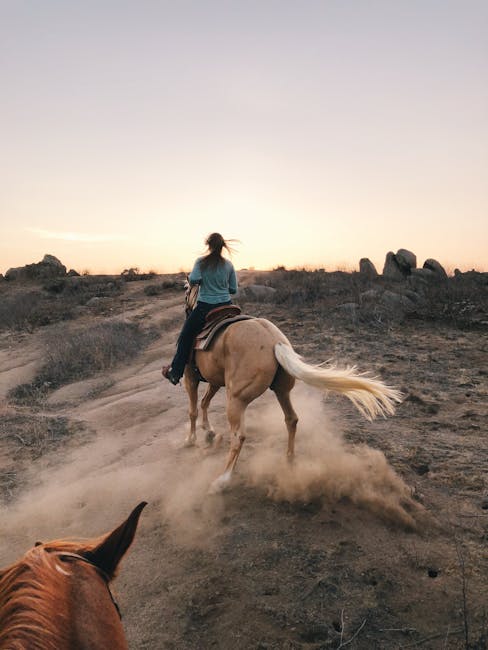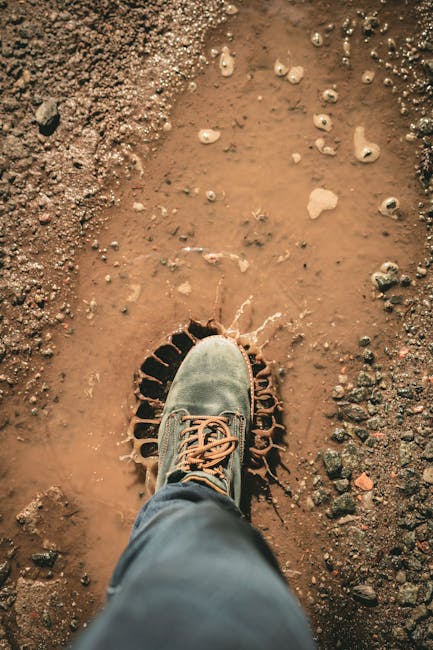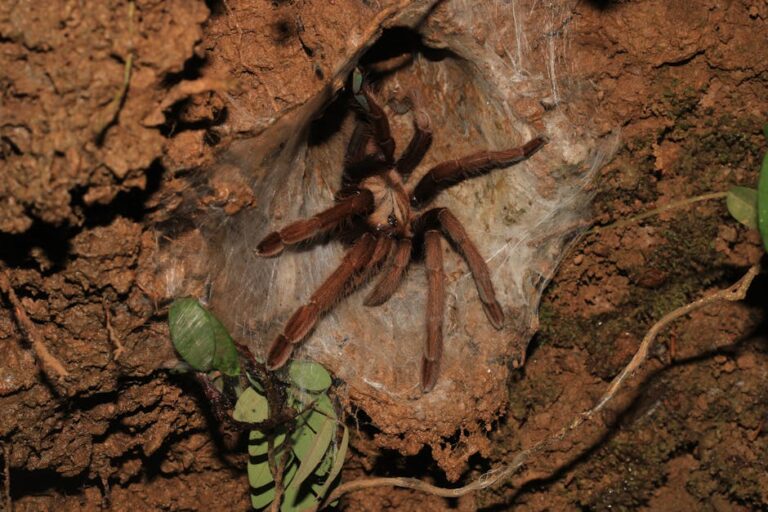Wear Away as Soil: The Processes, Impacts, and Mitigation of Soil Erosion
Understanding the Process of Soil Erosion: When Soil Wears Away
Soil erosion, the gradual wearing away of soil by natural forces like water and wind, is a fundamental geological process shaping our landscapes. However, human activities have significantly accelerated this natural process, leading to severe environmental and economic consequences. Understanding how soil wears away is crucial to implementing effective conservation strategies.
The Agents of Soil Erosion: Water and Wind
Water erosion is a dominant force, particularly in areas with significant rainfall. Raindrops dislodge soil particles, initiating a cascade of erosional processes. Sheet erosion, rill erosion, and gully erosion are common forms of water erosion. Sheet erosion involves the uniform removal of soil across a surface, while rill erosion creates small channels, and gully erosion forms larger, deeper channels that can significantly alter landscapes. The intensity and duration of rainfall, slope gradient, and soil type all play pivotal roles in the severity of water erosion.

Wind erosion, prevalent in drier regions, involves the detachment and transport of soil particles by wind. The intensity of wind erosion depends on wind speed, soil texture, vegetation cover, and surface roughness. Fine-textured soils, lacking sufficient vegetation, are particularly vulnerable to wind erosion, leading to significant losses of topsoil.
Factors Influencing Soil Erosion Rates
- Climate: Rainfall intensity, frequency, and distribution directly affect water erosion. Wind speed and aridity influence wind erosion rates.
- Topography: Steep slopes accelerate both water and wind erosion. The aspect of a slope (its orientation to the sun) also influences erosion rates.
- Soil Properties: Soil texture (the proportion of sand, silt, and clay), soil structure (the arrangement of soil particles), and organic matter content significantly impact soil erodibility. Soils with high sand content and low organic matter are more susceptible to erosion.
- Vegetation Cover: Plant cover protects the soil surface from the impact of raindrops, reduces wind speed, and strengthens the soil structure through its root systems. Areas with sparse or absent vegetation are highly vulnerable to erosion.
- Human Activities: Deforestation, intensive agriculture, overgrazing, and construction are major contributors to accelerated soil erosion. These practices often remove or damage vegetation, compact the soil, and increase surface runoff.
Impacts of Soil Erosion: The Consequences of Wearing Away Soil
The consequences of soil erosion extend far beyond the loss of fertile topsoil. It has significant ecological, economic, and social impacts.
Ecological Impacts: Loss of Biodiversity and Ecosystem Services
Soil erosion degrades habitat, leading to loss of biodiversity. The removal of topsoil reduces the availability of essential nutrients and water, impacting plant growth and the entire food web. Erosion can also lead to water pollution, as sediment runoff contaminates rivers, lakes, and oceans. This sedimentation can damage aquatic ecosystems and reduce water quality for human consumption.
Economic Impacts: Reduced Agricultural Productivity and Increased Costs
Soil erosion significantly reduces agricultural productivity. The loss of topsoil diminishes the land’s ability to support crop growth, leading to lower yields and reduced farm income. Farmers may need to invest in costly soil amendments and conservation practices to mitigate the impacts of erosion. Furthermore, sediment runoff can damage irrigation systems and infrastructure.
Social Impacts: Food Security and Displacement
The reduced agricultural productivity caused by soil erosion can contribute to food insecurity, particularly in vulnerable communities that rely heavily on agriculture for their livelihoods. Severe erosion can also lead to land degradation and desertification, forcing people to migrate and abandon their homes.
Mitigation Strategies: Preventing Soil from Wearing Away
Preventing and mitigating soil erosion requires a multi-faceted approach that integrates various conservation practices.
Conservation Tillage Practices: Minimizing Soil Disturbance
Conservation tillage techniques, such as no-till farming and reduced tillage, minimize soil disturbance, leaving crop residues on the soil surface to protect against erosion. These practices help improve soil structure, increase organic matter content, and enhance water infiltration.
Contour Farming and Terracing: Managing Water Flow
Contour farming involves planting crops along the contours of slopes, reducing water runoff and erosion. Terracing creates level platforms on steep slopes, significantly slowing down water flow and preventing soil loss.
Cover Cropping and Crop Rotation: Protecting Soil Surface and Improving Soil Health
Cover crops, planted between main cash crops, protect the soil surface from erosion and improve soil health. Crop rotation involves alternating different crops in a sequence, improving soil fertility and reducing the risk of erosion.

Agroforestry and Windbreaks: Utilizing Trees to Reduce Erosion
Agroforestry integrates trees into agricultural landscapes, providing windbreaks that reduce wind erosion and improve soil moisture. Trees also help stabilize slopes and prevent gully erosion.
Reforestation and Afforestation: Restoring Vegetative Cover
Reforestation involves restoring forests on previously forested land, while afforestation involves establishing forests on land that has not been forested for a significant period. Both practices are essential for restoring vegetative cover and reducing erosion.

Sustainable Grazing Management: Preventing Overgrazing
Sustainable grazing management involves carefully controlling the number of livestock and their grazing patterns to prevent overgrazing, which can significantly increase soil erosion.
Water Management Practices: Reducing Runoff and Sedimentation
Implementing effective water management practices, such as constructing check dams and improving drainage systems, can help reduce surface runoff and sediment yield. These practices can minimize the impact of water erosion.
Conclusion: The Importance of Soil Conservation
Soil erosion is a serious environmental problem with far-reaching consequences. Implementing effective soil conservation measures is critical for protecting our ecosystems, ensuring food security, and maintaining the economic viability of agriculture. By understanding the processes of soil erosion and adopting appropriate mitigation strategies, we can work towards a more sustainable future.





